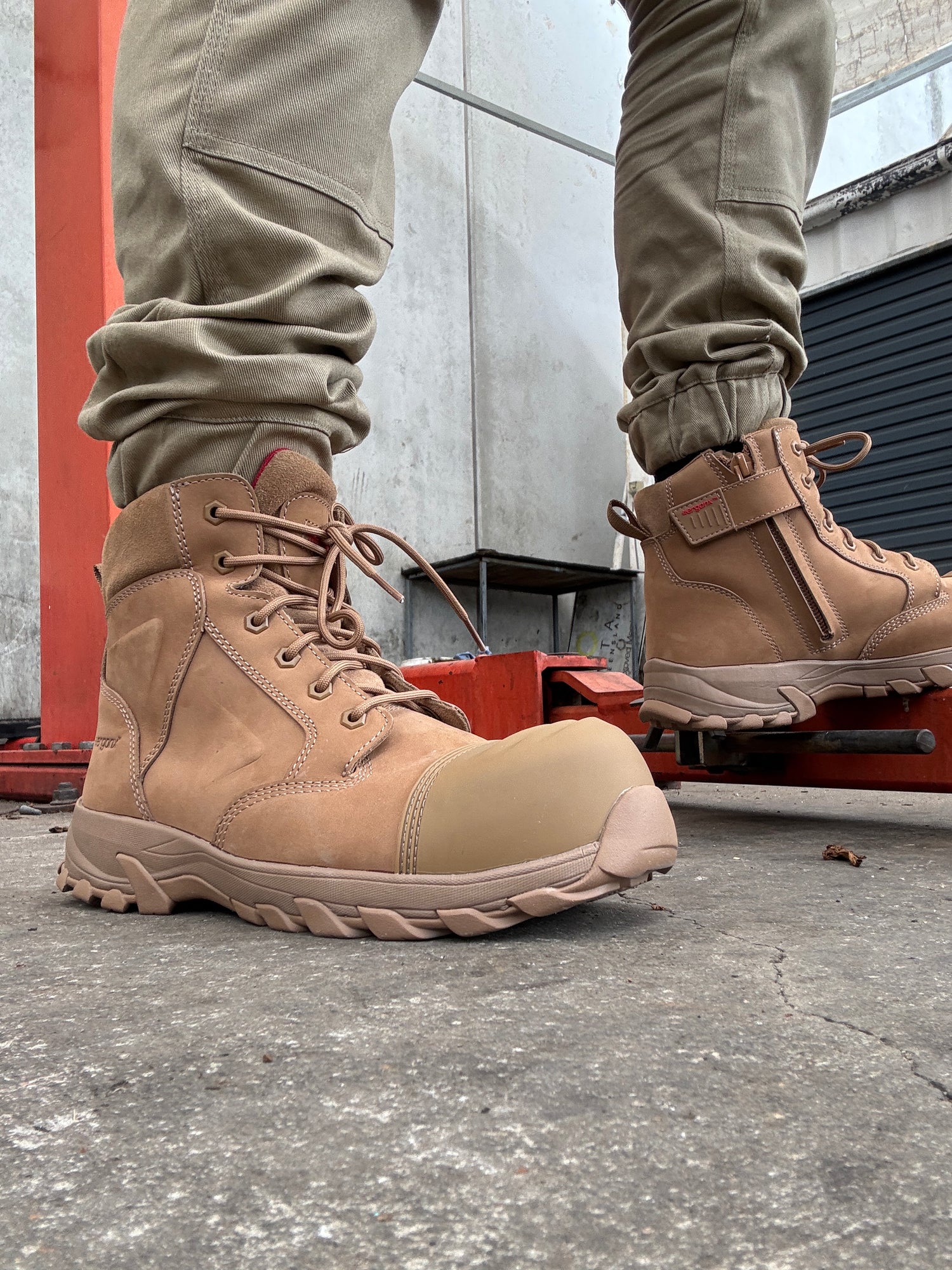HOME / ORTHOTIC INSOLES / WHY IS CUSHIONING IMPORTANT IN AN ORTHOTIC
Orthotic insoles play providing support and comfort to our feet, especially for individuals with foot pain or other foot-related conditions. One crucial element in orthotics is cushioning, which serves multiple functions in promoting foot health and reducing discomfort.
In this article, we dive into why cushioning is important in orthotic insoles and how it contributes to foot functioning.
What does cushioning do for our feet?
When we walk or run, our feet endure a significant amount of pressure as they strike the ground. In fact, this pressure can reach up to four times our own body weight.
To mitigate this force, cushioning is often employed in orthotic insoles. By strategically placing shock-absorbing materials in the heel region, the impact of forces can be spread out over a larger area. This means that the forces experienced by the foot at any given instant are reduced.
In addition to the heel, orthotics also frequently have targeted cushioning areas in the forefoot and toe areas. This ensures that pressure reduction is maintained throughout the entire gait cycle, from heel to toe. By incorporating cushioning into these regions as well, the insole promotes a smoother transition and lessens strain on the foot during movement.

What do different materials do for cushioning?
Along with the positioning of cushioning materials, the choice of material itself plays a crucial role in enhancing the shock-absorbing effects of orthotic insoles. Some employ soft polyurethane which is effective at minimizing impact and reduces the forces applied to the foot.

Why isn’t the whole orthotic made out of the same cushioning material?
If cushioning is great for shock absorption and impact reduction, one might wonder why the entire orthotic insole isn’t made of the same cushioning material. The answer lies in the properties of the material used.
While cushioning materials are excellent at shock absorption, they tend to be heavier compared to other materials like polyurethane foam. As a result, orthotic insoles employ a combination of materials to strike a balance between cushioning and weight. Cushioning materials are used in high-impact areas while lighter foams are allotted to the remaining portions of the insole.

In conclusion, cushioning plays a vital role in orthotic insoles by reducing the amount of strain experienced by the foot by dispersing forces over a larger area, providing added comfort, and enhancing support. The strategic placement of materials, at the heels, forefoot, and toe areas, help guide foot motion and promote a smoother gait. Ultimately, orthotic insoles are able to optimize shock absorption, alleviate pressure points, and improve the long-term health of the feet.
If you have any questions about orthotic insoles, cushioning, or overall foot health, please comment below! You can also reach out to us here


